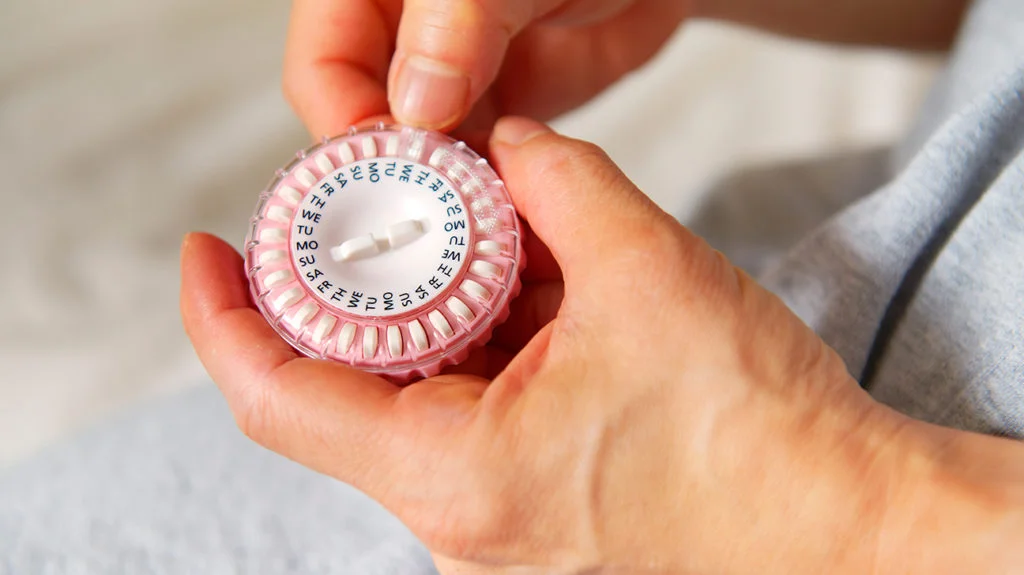Menopause is a natural phase in every woman’s life, marking the end of menstrual cycles and fertility. While it’s a normal biological transition, the symptoms can be challenging—ranging from hot flashes and night sweats to mood swings, sleep problems, and vaginal discomfort.
Hormone therapy (HT) is one of the most effective treatments to manage these symptoms and improve quality of life. This guide will help you understand how hormone therapy works, what symptoms it can treat, what to expect, and how to make informed decisions about your care.
What Is Hormone Therapy?
Hormone therapy, sometimes called hormone replacement therapy (HRT), involves taking estrogen, sometimes combined with progestin (a synthetic form of progesterone), to replace hormones your body stops producing during menopause.
- Estrogen-only therapy is prescribed if you’ve had a hysterectomy (uterus removed).
- Combination therapy (estrogen + progestin) is used if you still have your uterus, to protect against uterine cancer.
Which Menopause Symptoms Can Hormone Therapy Help Manage?
HT is FDA-approved for treating a wide range of menopause symptoms:
1. Hot Flashes and Night Sweats (Vasomotor Symptoms)
- Sudden warmth, sweating, and flushing that can disrupt daily activities and sleep.
- Hormone therapy effectively reduces the frequency and intensity of hot flashes in up to 90% of women.
2. Vaginal Dryness and Discomfort
- Thinning and drying of vaginal tissues can cause itching, burning, and pain during intercourse.
- Local estrogen therapy (creams, rings, tablets) restores moisture and elasticity without significant systemic hormone exposure.
3. Mood Swings, Anxiety, and Depression
- Hormonal changes can trigger emotional ups and downs.
- HT can stabilize mood and reduce anxiety in many women, improving overall well-being.
4. Sleep Disturbances
- Insomnia and poor sleep quality are common during menopause.
- By reducing hot flashes and night sweats, HT helps improve restful sleep.
5. Urinary Symptoms
- Urinary urgency, frequency, and recurrent infections may be linked to estrogen loss.
- Hormone therapy can strengthen urinary tract tissues and reduce symptoms.
Different Types of Hormone Therapy
1. Systemic Hormone Therapy
- Pills, skin patches, gels, or sprays that deliver hormones throughout your body.
- Ideal for treating widespread symptoms like hot flashes, mood changes, and bone loss.
2. Local (Vaginal) Hormone Therapy
- Creams, rings, or tablets applied directly to vaginal tissues.
- Primarily for vaginal dryness, discomfort, and urinary symptoms.
- Minimal absorption into the bloodstream, safe even for women who cannot take systemic hormones.
How Is Hormone Therapy Administered?
- Pills: Taken daily, convenient, but may have more impact on liver metabolism.
- Patches: Applied weekly to skin, steady hormone delivery, lower risk of blood clots.
- Gels/Sprays: Applied daily to skin, flexible dosing.
- Vaginal products: Applied as needed or regularly for urogenital symptoms.
What to Expect When Starting Hormone Therapy
Initial Consultation
- Your healthcare provider will review your medical history, symptoms, and family history.
- Discuss goals, risks, and benefits of hormone therapy.
Starting Treatment
- Therapy usually begins at the lowest effective dose.
- Your provider will recommend estrogen alone or combined with progestin based on whether your uterus is intact.
Monitoring and Follow-Up
- Regular follow-ups every 3-6 months initially.
- Adjust doses or delivery method based on symptom relief and side effects.
- Routine screenings (breast exams, mammograms, pelvic exams) continue as usual.
Risks and Considerations
While hormone therapy is safe for many women, it’s important to be aware of potential risks:
- Slightly increased risk of blood clots, stroke, and breast cancer (mainly with combination therapy over long-term use)
- Not recommended for women with a history of certain cancers, blood clots, or liver disease
- Always discuss your personal risk factors with your provider
Lifestyle Tips to Support Menopause Management
- Maintain a balanced diet rich in calcium and vitamin D
- Engage in regular weight-bearing exercise for bone health
- Practice stress reduction techniques such as yoga or meditation
- Avoid smoking and limit alcohol consumption
- Prioritize good sleep hygiene
When to Contact Your Healthcare Provider
Seek medical advice if you experience:
- Unusual vaginal bleeding
- Severe headaches or chest pain
- Leg swelling or sudden shortness of breath
- Significant mood changes or depression not improving with treatment
Final Thoughts
Hormone therapy is a powerful option to ease menopause symptoms and enhance your quality of life. By understanding how it works and working closely with your healthcare provider, you can find a treatment plan tailored to your needs.
Don’t suffer in silence—help is available, and menopause can be a smooth, manageable transition with the right support.



